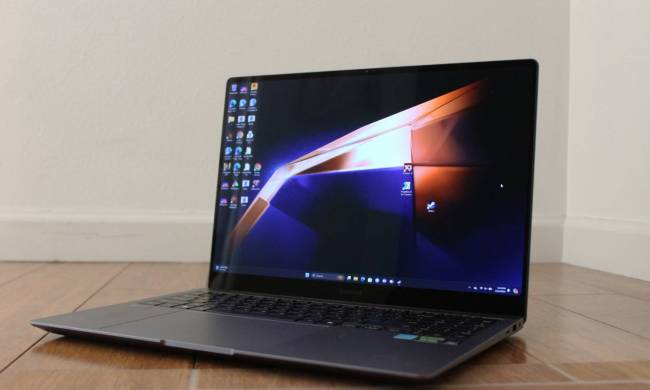Planning to get your hands on one of the best monitors for your workstation or gaming PC? There’s good news. Due to the declining demand for computer monitors, we could soon witness a welcome price reduction for consumers.
As per a report by DigiTimes, industry analysts suggest that the market for monitors — particularly standard LCDs — has been impacted by the rise of more affordable OLED alternatives and a slowdown in overall consumer demand. This shift in demand has left manufacturers with surplus inventory, which they are expected to discount more aggressively through the end of 2024 to drive sales. A similar pattern is being observed with laptop displays as the demand for entry-level notebook panels is also declining.
Current market dynamics have led manufacturers to balance inventory reductions and price stabilization. Many brands are reducing production to avoid oversupply, but the backlog of existing units still requires attention. With traditional LCD technology facing increased competition from OLED monitors, which offer improved color and contrast at a lower price point, even high-end models are likely to see markdowns. As OLED production scales up and the technology becomes more affordable, these monitors are drawing more interest, particularly among consumers looking for better visual quality and performance for gaming or creative work.
Holiday shopping season will likely be a key opportunity for consumers to take advantage of these price cuts. Retailers and brands may use discount events to clear older inventory, especially as they prepare for upcoming new models. Major sales events could offer some of the best price reductions on monitors, as brands aim to appeal to both budget-conscious buyers and those seeking high-performance options at a lower cost.
The potential for monitor price cuts is particularly relevant for consumers looking to upgrade to larger, higher-resolution displays or advanced features like higher refresh rates and a wider color gamut. Such features, once limited to premium price points, may become more accessible as price adjustments take effect.
Though falling prices are good news for consumers, manufacturers face challenges in maintaining profitability. By strategically managing supply, they aim to prevent steep revenue losses while still responding to the evolving market. This careful balance may enable the industry to stabilize over time, despite current economic uncertainties affecting purchasing trends.
In sum, with shifts in production and an evolving market landscape, computer monitor prices could see significant drops through the remainder of 2024, bringing quality upgrades within reach for more consumers.




